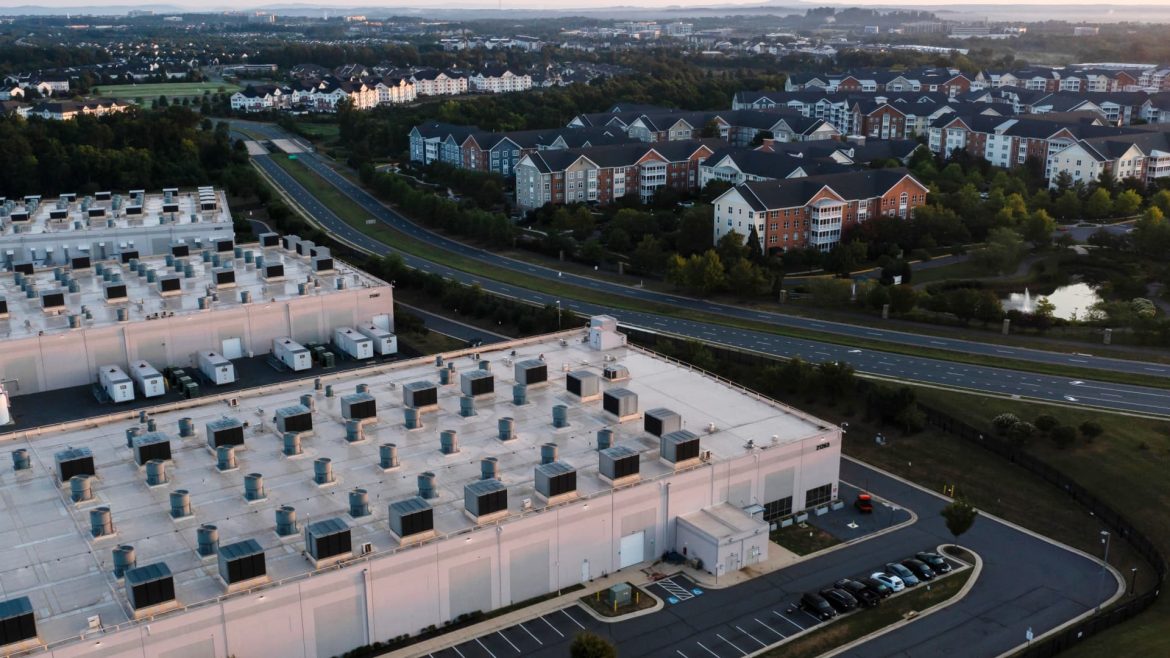Weak Jobs Data and Its Impact on Federal Reserve Rate Cut Expectations
Recent economic data, especially concerning U.S. labor markets, has stirred significant discussion around the future path of Federal Reserve monetary policy. The picture emerging from various reports and analyses indicates a general weakening in job creation, which is influencing expectations that the Fed will begin cutting interest rates possibly as early as mid-2025. This report explores the multifaceted implications of weak jobs data, Federal Reserve responses, and intersecting developments in the technology sector, notably AI investments by major corporations such as Amazon.
—
The Labor Market Weakening: Trends and Immediate Effects
Several reports highlighted that recent private-sector jobs data came significantly below expectations. For instance, private payroll growth during one recent month was starkly underwhelming, dispatching ripple effects through bond yields which subsequently declined. The weakening employment numbers were not isolated; multiple releases, including the ADP employment report, also showed slower-than-anticipated growth, triggering concerns about economic momentum.
The immediate market response has been notable as stocks received temporary support from lower bond yields. However, the overall sentiment remains cautious, given that sluggish employment figures often signal economic deceleration. This slowdown in job growth affects consumer spending, business investment confidence, and ultimately corporate earnings forecasts, feeding into a broader cyclical downturn risk.
—
Federal Reserve’s Calculus: Balancing Inflation and Employment
Central to the Fed’s decision-making is the dual mandate of price stability and maximum employment. With inflation steadily retreating toward the 2% target and labor market slack increasing, the Fed faces mounting pressure to pivot from a tightening phase to stimulus through interest rate cuts.
The Fed’s Summary of Economic Projections (SEP) issued after the March meeting indicated that most policymakers anticipate a slowing economy, reinforcing the likelihood of rate reductions in 2025. Analysts widely expect at least one or two rate cuts over the next year, with some speculation about a more aggressive half-percentage point cut if further data confirm sustained labor market weakness.
Rate cuts are seen both as a corrective measure to support growth and as a strategic maneuver to prevent recessionary pressures from intensifying. Notably, the lag effect of monetary policy means timing is critical; cutting rates too late risks deepening economic contraction, while an early cut might exacerbate inflation.
—
Market and Investor Reactions: Volatility and Strategic Adjustments
The labor data’s weakness has unsettled markets, provoking sharp moves across asset classes. The dollar weakened considerably, falling to multi-month lows against major currencies as traders recalibrated expectations for Fed policy. U.S. Treasury yields retreated in anticipation of looser monetary conditions, and stocks—initially buoyed by low yields—face heightened volatility due to uncertain economic prospects.
Market commentators have flagged increased caution, interpreting the cooling jobs figures as a signal to brace for a period of slower growth and potential investment repricing. The sell-off in equity markets linked to economic uncertainty also reflects investor anxieties about corporate profit growth amid a decelerating economy.
Nonetheless, pockets of optimism remain. Some investors see “golden opportunities” emerging in asset classes and sectors likely to benefit from the Fed’s eventual easing cycle, including technology and growth companies, which could leverage lower borrowing costs.
—
Technology and AI Investment Amid Economic Flux
Amid the uncertainty in economic indicators and monetary policy, the technology sector, particularly artificial intelligence (AI), presents a contrasting narrative of innovation and expansion. Amazon’s announcement of a $10 billion investment in North Carolina data centers for AI development underscores a strategic emphasis on next-generation technology infrastructure despite broader macroeconomic headwinds.
Similarly, other large technology players have increased investments in AI research and infrastructure, targeting enhanced productivity gains and new market opportunities. This highlights a key dimension of the current economic environment: while traditional employment sectors may falter, technological advancement continues at a vigorous pace.
The conversation around AI’s effects on jobs is nuanced. Contrary to fears of massive job displacement, some experts argue AI enhances productivity without necessarily reducing overall wages or employment. The dynamic interplay of technology-driven productivity improvements and labor market outcomes remains complex, with implications for long-term economic growth and employment patterns.
—
Political and Public Discourse Influences
Notably, weak jobs data has also entered the political arena. Public figures, including former President Donald Trump, have leveraged poor employment statistics to advocate for accelerated Fed rate cuts, illustrating how economic metrics influence policy debates beyond technical central banking discussions.
These calls reflect broader concerns about economic wellbeing and the political imperative to maintain employment levels and economic stability, particularly ahead of elections or during periods of social uncertainty.
—
Conclusion: Navigating an Economy at a Crossroads
As the U.S. economy faces evident signs of a cooling labor market, the Federal Reserve appears increasingly poised to shift toward monetary easing within the next year. Weak jobs data serve as a pivotal indicator prompting this reassessment, altering market expectations and investor behavior. Concurrently, robust AI investments signal that despite cyclical economic challenges, innovation-driven sectors may retain momentum, offering some economic resilience.
The coming months will test the Fed’s ability to calibrate its policy in the midst of fluctuating labor data and inflation trends. For markets and policy watchers alike, this period marks a critical juncture where careful analysis of employment indicators will shape forecasts for growth, interest rates, and the broader economic trajectory. Amid uncertainty, the blend of cautious optimism and continued technological progress suggests an economy adapting dynamically to evolving challenges and opportunities.





